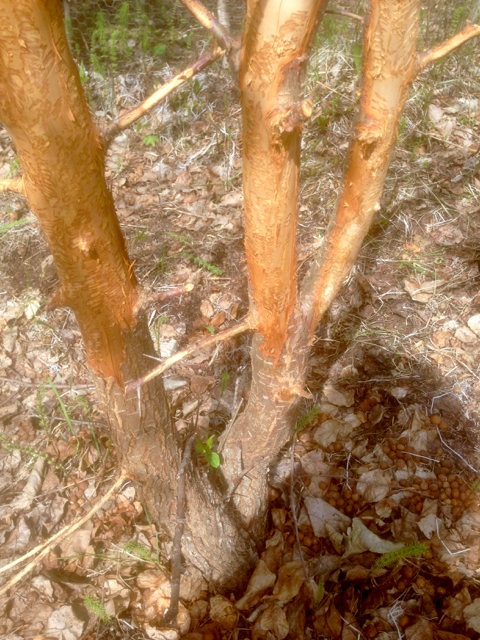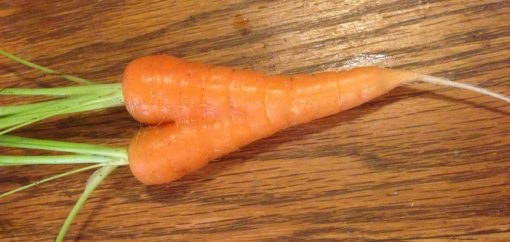
The hare population seems to be booming in Fairbanks. This winter, some hares were able to walk right over the fences and completely girdle some fruit trees by eating the bark Girdling happens when the phloem, the inner most layer of the bark, is removed from the tree. The job of the phloem is to conduct materials created in the leaves (for example, sugar) down to the roots of the tree. Over time, girdling results in the death of the parts of the tree above which the bark has Read More …

